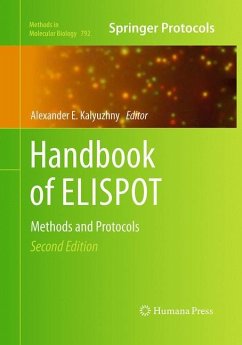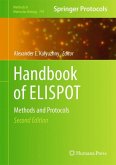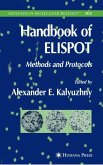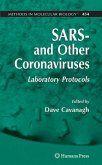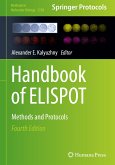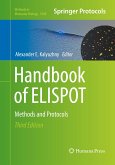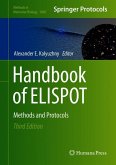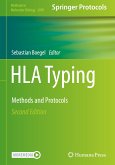Enzyme-linked immunospot assay (ELISPOT) has been known for some time as a unique state-of-the-art technique for studying the cytokine-secreting activity of immune system cells, and it appears to be one of the fast growing applications in biomedical research, becoming an indispensable tool in vaccine development, HIV research, transplantation studies, and cancer and allergy research. The second edition of Handbook of ELISPOT: Methods and Protocols, only the second book in the field which is entirely dedicated to ELISPOT assay, shares the detailed techniques that have been developed since the release of the popular first edition. Straight from the labs of seasoned experts, this book covers setting and performing ELISPOT assays, ELISPOT for veterinary research, advanced ELISPOT techniques, image and data analysis, as well as vaccine development and diagnostics. Written in the highly successful Methods in Molecular Biology(TM) series format, chapters include introductions to their respective chapters, lists of the necessary materials and reagents, step-by-step, readily reproducible laboratory protocols, and tips on troubleshooting and avoiding known pitfalls.
Authoritative and cutting-edge, Handbook of ELISPOT: Methods and Protocols, Second Edition serves as a compilation of a technical reference and a troubleshooting guide for researchers, both experienced and novice, worldwide in order to advance the usage of this key tool.
Authoritative and cutting-edge, Handbook of ELISPOT: Methods and Protocols, Second Edition serves as a compilation of a technical reference and a troubleshooting guide for researchers, both experienced and novice, worldwide in order to advance the usage of this key tool.
From the reviews of the second edition:
"In this second edition ... the reader is introduced not only to the basic concept behind the technique but also to many different applications in common use. Importantly, the book serves as a reference guide with lots of trouble shooting and discussion of common problems. ... This text would be key reading material for any laboratory planning to set up this technique. ... this text is comprehensive and detailed with a good use of raw data and formula to make following the protocols simple." (Hayley Evans, Immunology News, November, 2012)
"In this second edition ... the reader is introduced not only to the basic concept behind the technique but also to many different applications in common use. Importantly, the book serves as a reference guide with lots of trouble shooting and discussion of common problems. ... This text would be key reading material for any laboratory planning to set up this technique. ... this text is comprehensive and detailed with a good use of raw data and formula to make following the protocols simple." (Hayley Evans, Immunology News, November, 2012)

